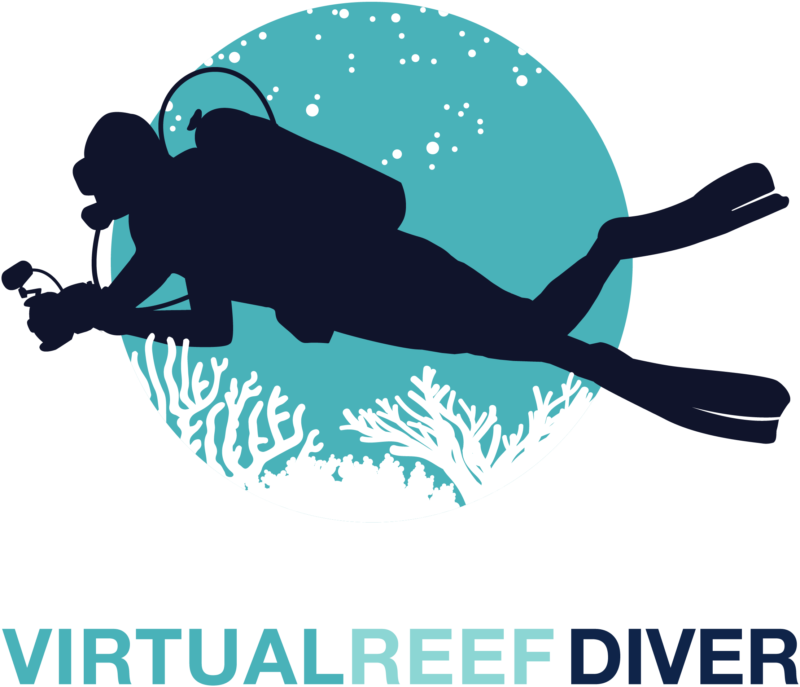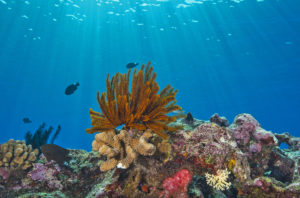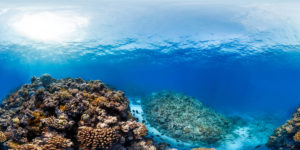Become a Citizen Scientist – the Great Barrier Reef needs your help

Although we may be in the middle of winter, it’s time to put your (metaphorical) snorkels on and be a Virtual Reef Diver as you dive through your computer screen into the Great Barrier Reef.
The Great Barrier Reef is the largest reef on the planet and a spectacular hub of marine life. The quest to ensure it exists for future generations to enjoy is becoming increasingly challenging as it is under pressure like never before (e.g. mass coral bleaching in 2016 and 2017 and recent tropical cyclones). The ABC is calling on all Australians to step up to help it this National Science Week – and beyond.

CREDIT: JAYNE JENKINS
Covering a total of 350,000 square kilometres, the Great Barrier Reef is bigger than Victoria and Tasmania combined – an area too vast for scientists to cover alone, which is why they are asking for your help: to virtually exploring the Reef from the comfort of your couch, or anywhere you choose.
Virtual Reef Diver celebrates the International Year of the Reef by inviting people to dive through their computer, tablet, or mobile screens into the Great Barrier Reef. Developed by Queensland University of Technology in collaboration with the ARC Centre for Excellence in Mathematical and Statistical Frontiers, the QUT Institute for Future Environments, the CRC for Spatial Information and the Queensland Government’s Department of Natural Resources, Mines and Energy, the project is a new approach to monitoring and managing the Great Barrier Reef. It combines 20 years of monitoring data with the classification data contributed by Australian citizen scientists “to strengthen our predictive models of the Reef” – coral ecologist Dr Manuel Gonzalez-Rivero of the Australian Institute of Marine Science.
Anyone and everyone in Australia can help identify areas of decreasing coral cover and other problem spots on the Reef. To be involved as a citizen scientist, visit the Virtual Reef Diver website, where you’ll be shown underwater images of the Reef, and you are asked to identify whether there is coral, algae, sand, etc. at different points in the images (each image only taking one to three minutes). As a bonus, the more images you complete, the greater chance you have of winning a GoPro camera, which you could use in Phase 2 of the project, in which divers and snorkelers will be invited to submit their own photos that can be made available for everyone to continue classifying.

CREDIT: THE OCEAN AGENCY / XL CATLIN SEAVIEW SURVEY
Virtual Reef Diver invites you to do your bit to ensure the Great Barrier Reef has a future. This work will provide scientists and reef managers with the information they need to protect the reef. Perhaps when you next visit the Great Barrier Reef, you’ll know that it’s partly still around because of you.
